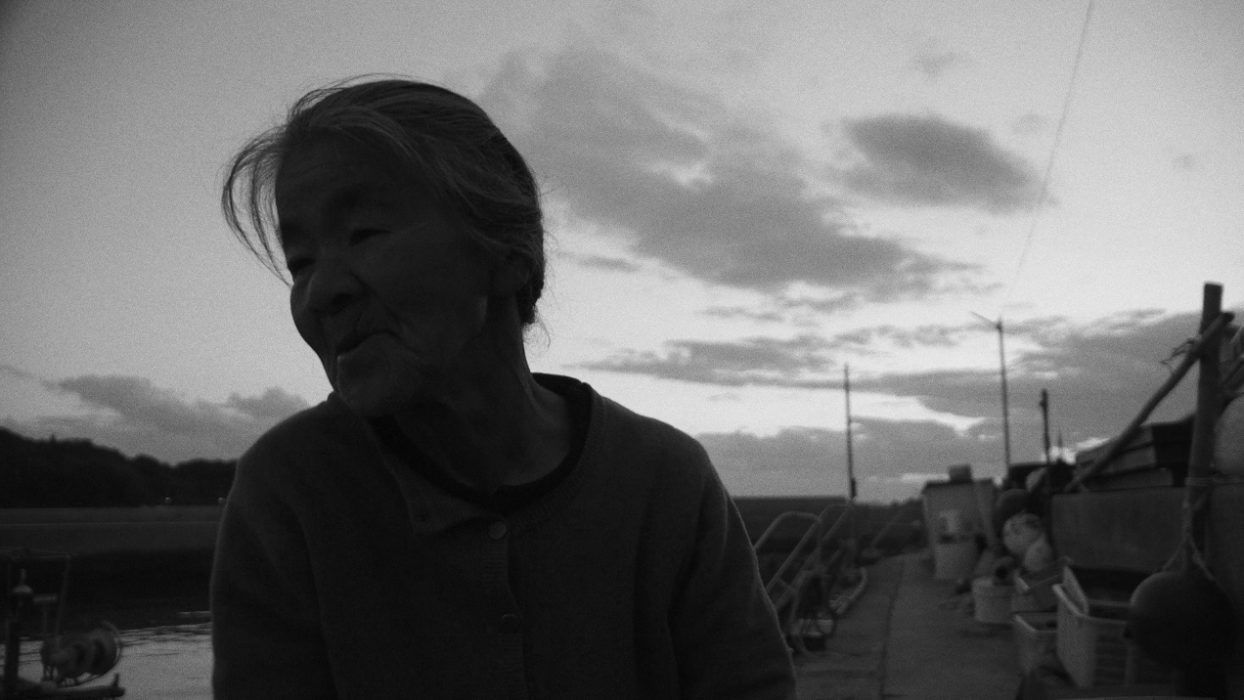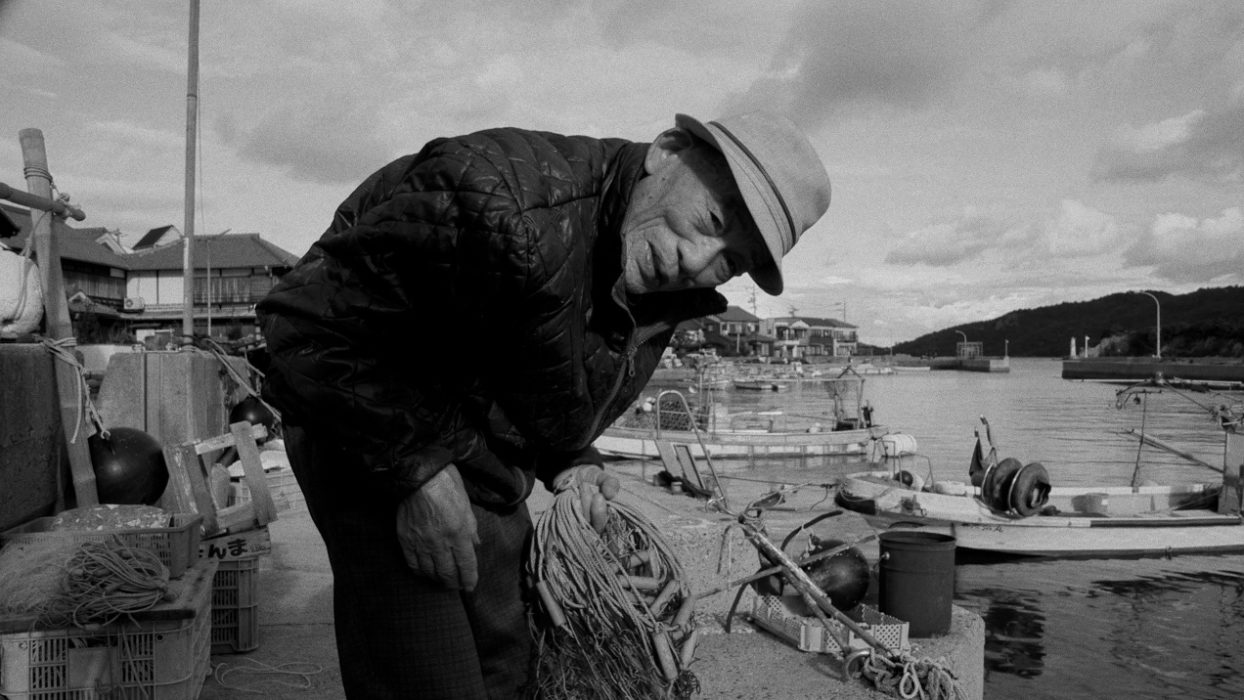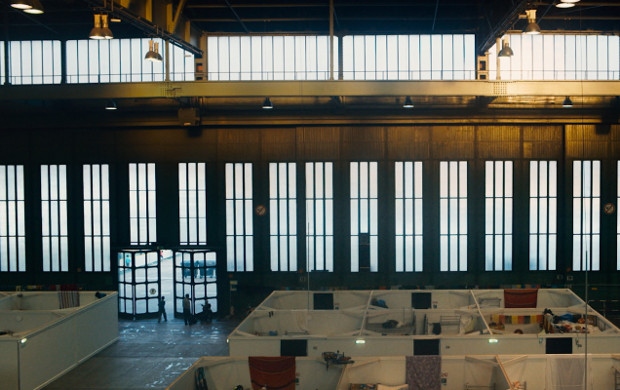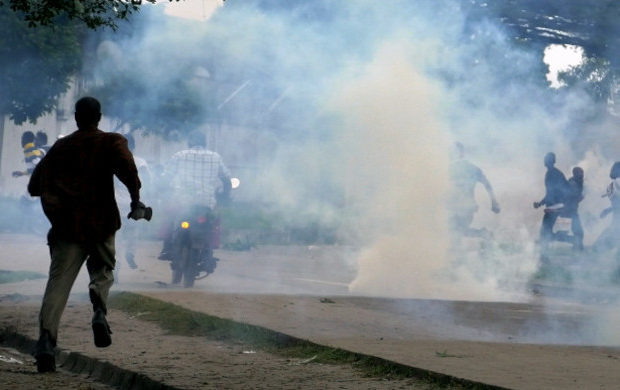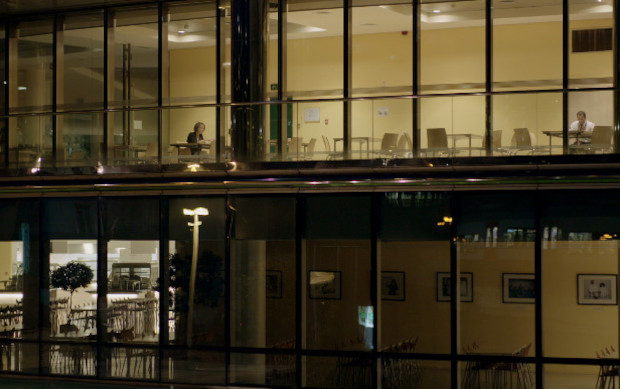Minatomachi
Inland Sea
- 2018
- Japan; United States
- 122 minutes
- Japanese
Guided by the “ten commandments” of the observational documentary that he has imposed on himself (operating the camera, self-financing, no added music or commentary), Kazuhiro Soda crafts with Inland Sea the black-and-white portrait of a place and pre-war generation that economic change and environmental degradation have doomed to extinction. Certainly, on the shores of Japan’s Inland Sea, Ushimado village, where Shohei Imamura shot two films, is visibly aging. Wai-chan, an 86-year-old fisherman – whom Soda has come to film, helped by his wife and collaborator, after meeting him on their previous shoot – still goes fishing at night so that his catch can stay alive for the ultra-fresh display that the fishmonger Koso needs for her stand. These still throbbing fish are the centre of the village’s activity. They not only tie together the splendid portraits of the villagers but also stand as a metaphor for Soda’s direct cinema. Frequently hailed by Kumi, the local busybody who gradually invades the frame and delivers the heartrending story of her broken life, the filmmaker lets her vivacious words and movements guide him – proof that even when he portrays a disappearing tradition, the documentary is not doomed to a postcard vision. The increasingly complex portrait of Kumi segues from anecdote to tragedy, from the personal to the political, and, as the camera moves about, reaches the depths of an “interior sea”. (Charlotte Garson)
- Production : Kiyoko Kashiwagi, Kazuhiro Soda, Laboratory X, Inc., info@laboratoryx.us
- Photography, sound, editing : Kazuhiro Soda
- Print contact : TriCoast Worldwide • email Marcy@TriCoast.com
